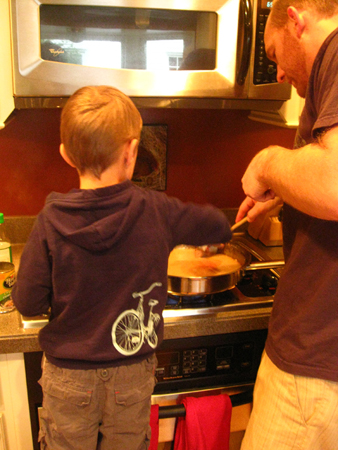| << Chapter < Page | Chapter >> Page > |
As already mentioned, education is not solely concerned with the basic academic concepts that a student learns in the classroom. Societies also educate their children, outside of the school system, in matters of everyday practical living. These two types of learning are referred to as formal education and informal education.
Formal education describes the learning of academic facts and concepts through a formal curriculum. Arising from the tutelage of ancient Greek thinkers, centuries of scholars have examined topics through formalized methods of learning. Education in earlier times was only available to the higher classes; they had the means for access to scholarly materials, plus the luxury of leisure time that could be used for learning. The Industrial Revolution and its accompanying social changes made education more accessible to the general population. Many families in the emerging middle class found new opportunities for schooling.
The modern U.S. educational system is the result of this progression. Today, basic education is considered a right and responsibility for all citizens. Expectations of this system focus on formal education, with curricula and testing designed to ensure that students learn the facts and concepts that society believes are basic knowledge.
In contrast, informal education describes learning about cultural values, norms, and expected behaviors by participating in a society. This type of learning occurs both through the formal education system and at home. Our earliest learning experiences generally happen via parents, relatives, and others in our community. Through informal education, we learn how to dress for different occasions, how to perform regular life routines like shopping for and preparing food, and how to keep our bodies clean.

Cultural transmission refers to the way people come to learn the values, beliefs, and social norms of their culture. Both informal and formal education include cultural transmission. For example, a student will learn about cultural aspects of modern history in a U.S. History classroom. In that same classroom, the student might learn the cultural norm for asking a classmate out on a date through passing notes and whispered conversations.
Another global concern in education is universal access . This term refers to people’s equal ability to participate in an education system. On a world level, access might be more difficult for certain groups based on class or gender (as was the case in the United States earlier in the nation’s history, a dynamic we still struggle to overcome). The modern idea of universal access arose in the United States as a concern for people with disabilities. In the United States, one way in which universal education is supported is through federal and state governments covering the cost of free public education. Of course, the way this plays out in terms of school budgets and taxes makes this an often-contested topic on the national, state, and community levels.

Notification Switch
Would you like to follow the 'Introduction to sociology 2e' conversation and receive update notifications?